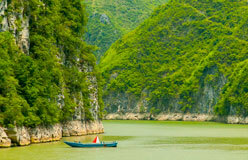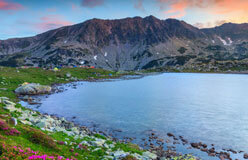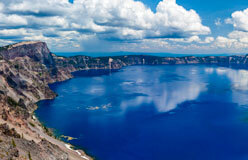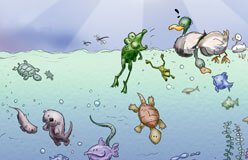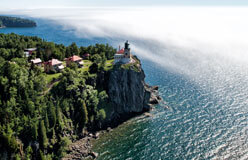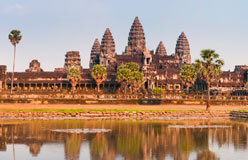Lakes are not distributed evenly over the Earth’s surface. South America has few lakes because most of its water is drained by the Amazon River. Canada has nearly half of all the world’s lakes, most of them carved out by glaciers.
Lake water can come from a variety of sources, such as rivers, underground streams, rain, melting ice and snow, or all of the above. A lake’s water source – like its formation – helps determine how long it will last.
